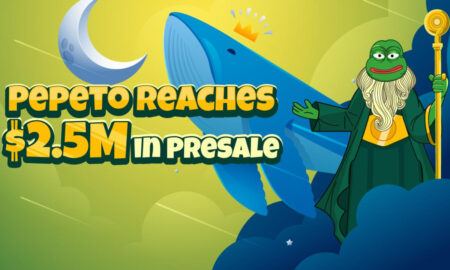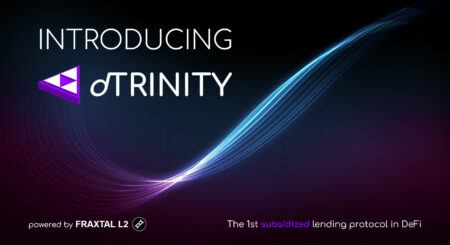In this guest post, Dmytro Spilka, CEO at Pridicto, takes a look at how decentralization is set to usher in a new era for micropayments in several industries.
The 21st Century has been built on delivering convenience. From digestible on-demand content like television and music, to art and software available at the click of a button.
One major drawback in this time of ever-increasingly accessible content is the lack of appropriate remuneration for its creators. While the likes of Spotify and YouTube have acted as platforms that enable users to monetize their content, the take-home amounts after commissions and middle-men-meddling have led to widespread complaints from artists and authors.
While Apple’s iTunes store had initial success in individually pricing up songs and albums for download, but the concept has lost momentum in recent years. Today a struggle has emerged between making manageable payments in a way that will benefit content creators like musicians, and users trying not to break the bank while digesting entertainment.
Luckily, we’re now on the cusp of a new era of great financial potential. The unprecedented rise of Bitcoin (BTC) has shown us that cryptocurrencies can be decentralized and extremely flexible. Although Bitcoin hasn’t been feeling too well lately, crypto micropayment developments are still set to revolutionise the way we pay for streaming and small-scale digital, or even physical, goods.
Modern Micropayments
The concept of micropayments isn’t exactly new, and many digital stores and apps offer micropayments to access extra content and entertainment. Typically a micropayment refers to a transaction of less than $5.
However, thanks to the accessibility and scalability of modern cryptocurrencies, micropayments can be set up for just about any denomination – with eWallets automatically taking out fractional transactions as you digest content.
Imagine that you’re reading Business Insider, and come across an article that’s only available via a paywall. In its current framework, Business Insider asks for a subscription of $99 per year, or a monthly one-size-fits-all subscription rate. While this may seem like a fair transaction for a keen follower of the website, what about those of us who want to access an appetizing article without paying a disproportionate amount?
The kind of micropayments that are possible through paywalls are set up in a similar way to the gym subscriptions that we buy as part of our New Year’s Resolutions in January. If we’re brave enough to take the plunge, there’s every chance we’ll be paying through the nose just to turn up and use a treadmill for two weeks before giving up and forgetting to cancel our monthly payments.
As far as Business Insider’s subscription package goes, even if we’re willing to pay to read its content, it’s all too easy to not get your money’s worth.
That’s where modern micropayments come in to play.
By utilising a cryptocurrency wallets, we can seamlessly browse content while small-scale transactions are deducted for each premium page we visit. Where paying $99 per year for Business Insider articles was off-putting to consumers, the prospect of parting with 0.000001 Bitcoin ($0.0037) on a pay-as-you-go basis for the content you read would be much more appealing for both business owner and consumer.
Decentralization turning concepts into reality
The art of new-age micropayments has been made a reality by the decentralized qualities of cryptocurrencies and blockchain.
In yesteryear, such small-scale payments were virtually impossible due to the 3rd party transaction fees demanded by the intermediaries facilitating the transactions. But a truly decentralized system means that there will be no fees necessary – thanks to the peer-to-peer nature of payments performed on a blockchain.
According to FOTON, by utilising a decentralized system, customers can often save up to 8% in fees, which translates into ~$36 billion a year in the cryptocurrency market.
 Image Source: Foton (Centralized system (left) and decentralized system (right))
Image Source: Foton (Centralized system (left) and decentralized system (right))
The ramifications of this platform for leveraging microtransactions has the power to breathe new life into the entertainment industry. While we’ve already discussed the opportunities micropayments provide for consuming media, there’s also the prospect of utilizing miniature transactions to support favoured artists online, video content creators, charity donations and even software services, as well as downloadable extras for video games and apps.
The future’s not only bright, but it’s also firmly in our hands – with no meddling middlemen in sight.









